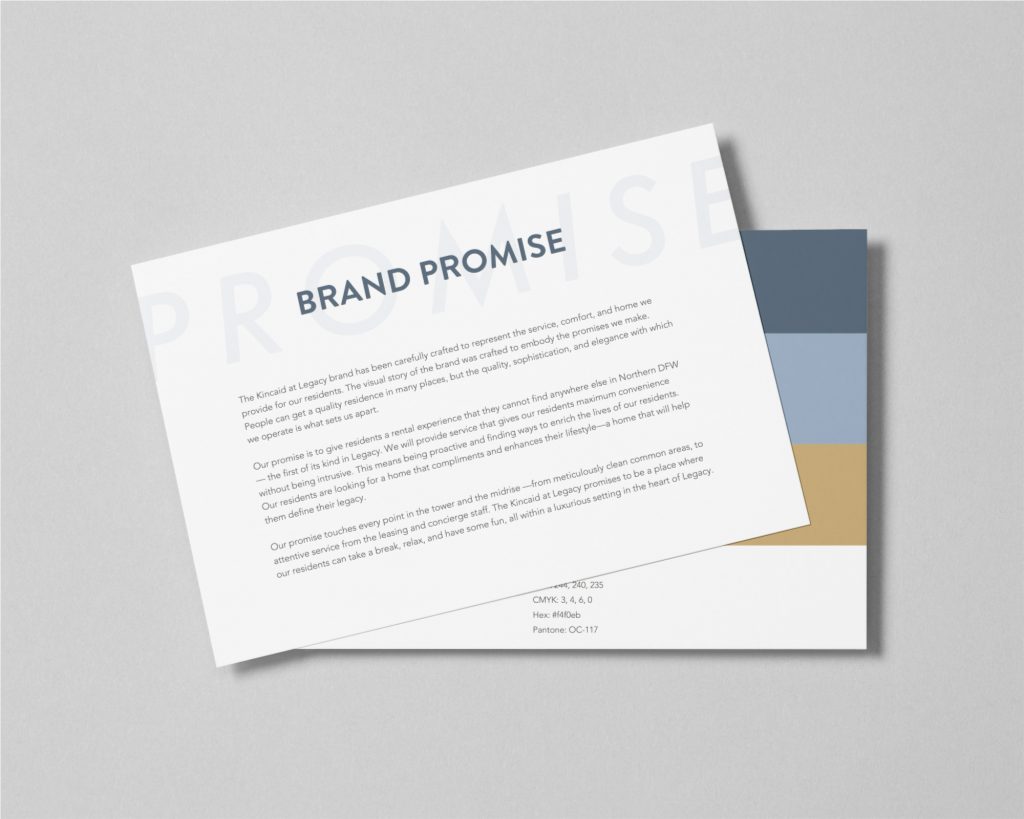What is a brand? If you ask most people, they’ll point to a logo and tell you that’s a brand. Or, they’ll point to a store’s sign and say that is a brand. Are they wrong? Technically, no. A company’s logo and their storefront sign (if it’s a retail operation) are certainly parts of the brand, but no, they are not the brand.
At RocketBrand, we like to say that your brand is everything the public thinks they know about you, whether true or false, emotional or rational. This includes everything from the logo and that storefront sign, to the way in which you speak to your customers, to your business cards, to the experience on your website, to the interactions you have on social media.
Typically, most people think of a brand as only the visual parts of the brand—colors, typeface, logo, stationary, signage, collateral, etc—but one of the most overlooked aspects of branding is the part that is a little less sexy, but equally if not more important—your messaging.
Think about every time you meet someone new. You may remember their hair color, whether they were slim or packing on a few, if they wore glasses, etc. But mostly, you’re going to remember the way they made you feel, and that all comes from how they spoke to you. So think about that from a brand’s perspective. The consumer’s perception of a brand is going to come from how that brand made them feel, and this is done by creating messaging that fits within the brand story, has personality, and is consistent so that everyone from the janitor to the CEO is delivering the same message.
What is brand messaging? Brand messaging can cover a very broad spectrum, but the basics include:
- Brand Positioning Statement
- Tagline
- Brand Significance
- Brand Promise
- Brand Messaging Matrix
#1 Brand Positioning
This is where everything starts. When we begin branding a new company or rebranding an existing company, the brand positioning statement is the very first thing we do. And, it’s even more important if we’re naming the company, development, or product. A brand positioning statement literally positions the brand in the minds of your customers and in the marketplace. This is the foundation upon which everything else should be built, visual identity included. If every piece of your brand does not fit the positioning statement, it’s going to fail to resonate with your customers and create the brand loyalty we all crave.
#2 Tagline
Probably the most well-known piece of the basic brand messaging suite, a tagline is the way you succinctly tell your customers about your company or product. A good tagline helps set yourself apart from other companies that may provide a similar product or service. Taglines (good ones) have the ability to build brand value over the course of time. When you have a tagline for long enough, it can become one of the most memorable parts of your identity (Have you had your break today? Just do it.).
#3 Brand Significance
A brand significance statement is a mostly internal messaging aspect that tells everyone in your organization exactly why the brand is important, and why the standards set forth by your branding agency should be strictly adhered to. In short, you’ve spent a lot of money on creating a new brand or rebranding an old one, and it’s important for people to understand the value and significance of that.
#4 Brand Promise
The brand promise is like creating a covenant between you and your customers. While this document may not be seen in full by the public, certain parts of it will absolutely be used in your advertising and marketing materials. This is the document that tells your customer the promise you are making to them. If you’re a hamburger restaurant, you may promise to always use the freshest ingredients, from locally-sourced vendors, and that your service will always put the customer first. If you’re a sports and fitness product, you may promise that you’re always going to put product innovation first, and that you will do your best to make your customers better athletes. Whatever it is, every company or product should have promises it makes to its customers, and more importantly, promises that it keeps. These should be at the core of everything you do as an organization.
#5 Brand Messaging Matrix
After all of the above is approved by all key stakeholders, we then create the matrix. No, not like Neo in The Matrix, rather this is a series of “we are” and “we are not” statements. Creating this type of messaging is perfect for onboarding new talent, creating internal documents, or writing a blog post on your website by setting affirmatives and negatives about your company. As an example, at RocketBrand, we are organized but not rigid, we are thick-skinned but not insensitive, and creative but not arrogant.
Want to learn more about our messaging matrix and brand messaging in general? We love to nerd out about this stuff, so drop us a line.
